Swimmers as tops and a coat that covers everything: dressing for a wet, hot Australian summer
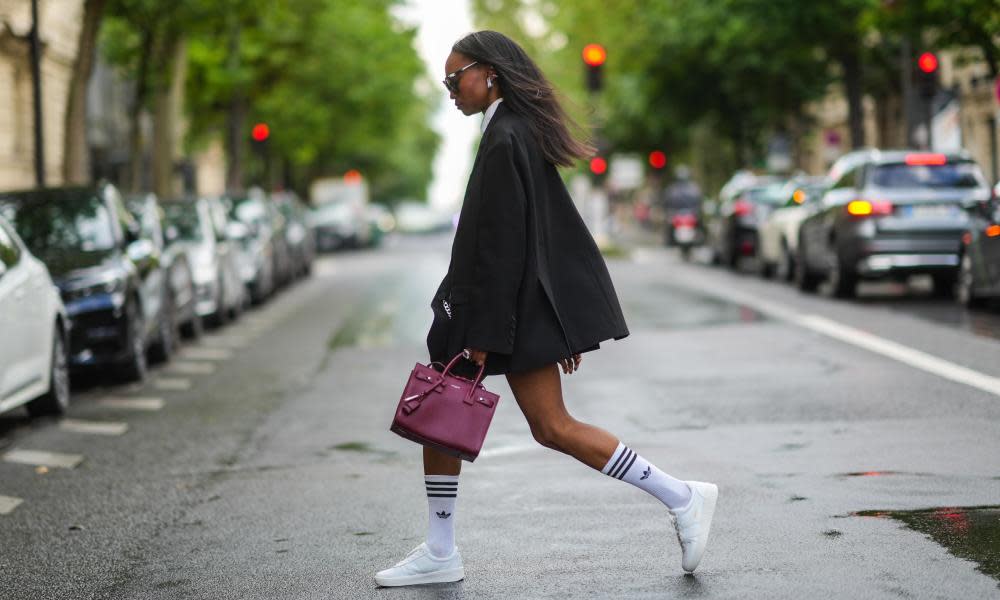
You never forget the times you really get caught in the rain.
“My first night out in Melbourne after the latest lockdown also happened to coincide with a torrential downpour,” says Melbourne designer Emily Nolan. “My best friend and I couldn’t get a table at a restaurant anywhere and I was wearing kitten heels with bows, a velvet suit and a silk shirt. I was dressed for freedom, not a storm, and we ended up completely drenched because outfits don’t always protect us according to plan.”
Having your shoes soled is the safest bet for keeping your toes dry and your grip strong
Emily Nolan, designer
With unusually incessant rain in many states – and more to come over summer – even people in the world’s driest continent should probably now plan outfits for the ongoing wet weather.
The Australian Bureau of Meteorology has declared a La Niña weather event is under way, with modelling predicting it “will persist until the late southern hemisphere summer or early autumn 2022”.
So, how do we dress for the rainy months ahead?
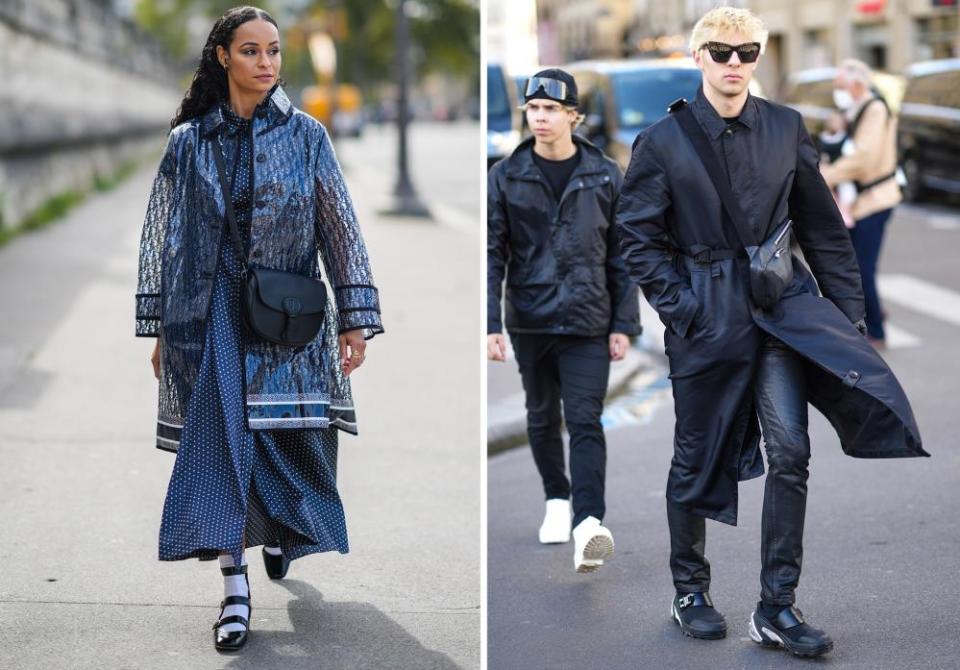
According to Nolan, it begins with the shoes. “Topy your shoes,” she says. Topy’s rubber soles keep leather soles watertight and protected from the elements. “Having your shoes soled is the safest bet for keeping your toes dry and your grip strong,” Nolan says. “No matter how fabulous your outfit is, there is nothing quite like slipping in the rain in front of a bunch of traffic.
“It is a little bit of wardrobe admin that will save you a whole lot of discomfort later on.”
Parlour X founder Eva Galambos adds “you will want to avoid open shoes, which can be easily damaged by puddles and opt for a sturdier boot or platform sneaker instead”.
Once you have your footwear suitably waterproofed, it’s time to consider your clothes. The best place to start is outerwear, which should be lightweight for the Australian climate, yet water-repellent for unseasonal downpours.
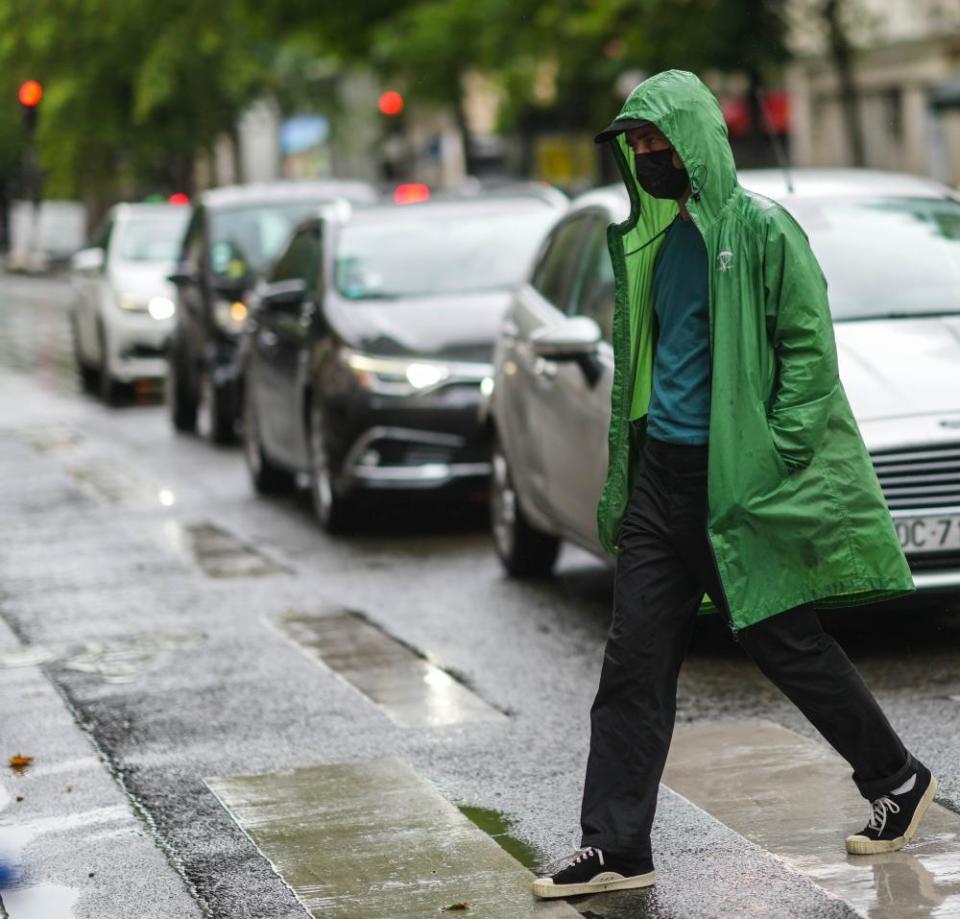
“Heavier coats are appropriate in colder places but Sydney right now is just wet and humid,” says Sydney tailor Patrick Johnson. “You want something very light that covers whatever you’re wearing entirely, and it should dry quickly. With a light overcoat it also means you don’t have an urgency to take it off when you get indoors.”
He recommends sizing up so you can accommodate various layers underneath, and says investing in a quality overcoat “is a great opportunity for dressing stylishly, as they look mature.” Because overcoats tend to be simple, he adds, “they’re very versatile”.
Even if you’re not wearing it every day, Melbourne designer Christian Kimber recommends keeping a light and packable waterproof jacket in your bag, or at the office.
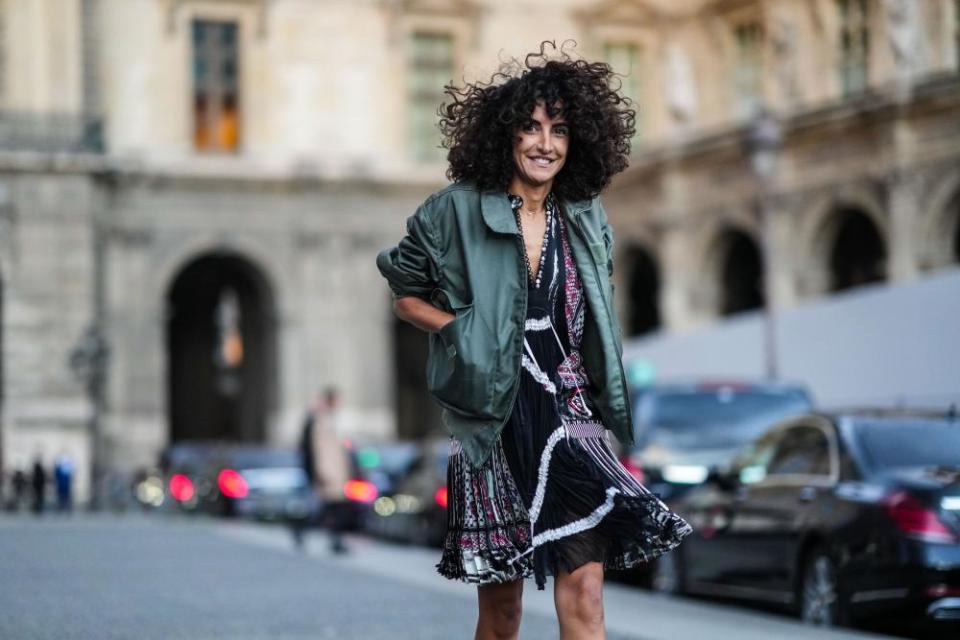
It’s something he learned the hard way. “Coming from the UK there are so many times I’ve been caught in the rain on the golf course or wearing suede loafers and linen,” Kimber says.
To avoid steaming under your overcoat, wear layers of lightweight and breathable natural fibres. “A bamboo singlet, a cotton tee, a breezy open over-shirt and a light knit thrown over your shoulders,” Nolan says. “You can peel them away according to the whims of the weather.”
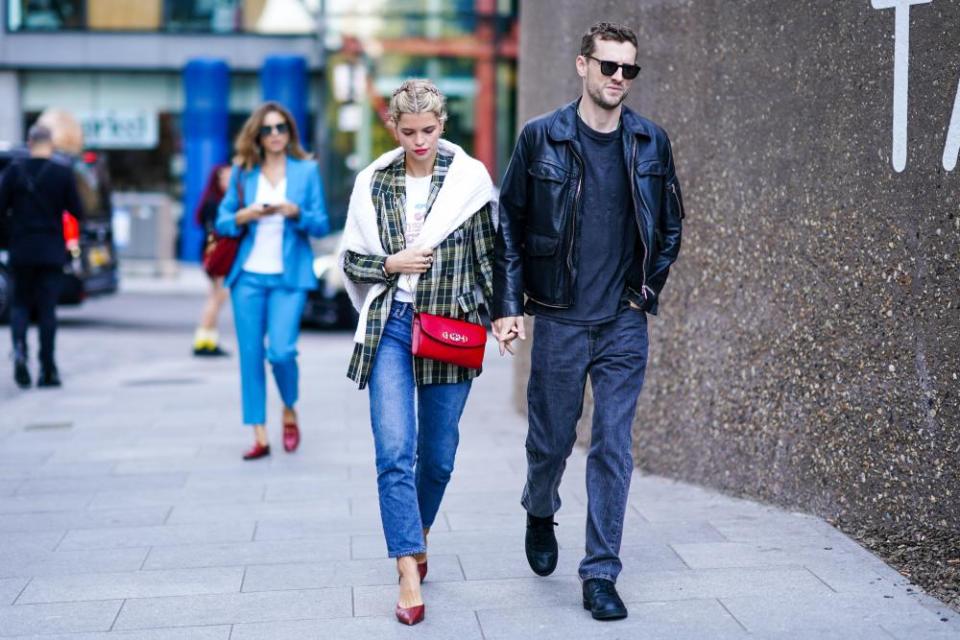
But it’s better to avoid white cotton, “or materials that have a tendency to become more sheer if wet”, Galambos suggests. Suedes, silks and other delicate fabrics are a no-gos too, along with full-length, wide-legged trousers and maxi-skirts, which quickly become mud-magnets in the wet.
You might not expect a designer to recommend swimwear for rainy weather, but Kit Willow is emphatic you won’t regret it. She praises the quick-dry qualities of swimmers, and suggests bikini tops and one pieces can be worn under other light layers.
To that end, the designer has created her own hybrid of swimwear and lingerie, made of up-cycled marine plastic, which can be worn as bodysuits and bra tops layered under other garments, to accommodate summer swims and summer storms.
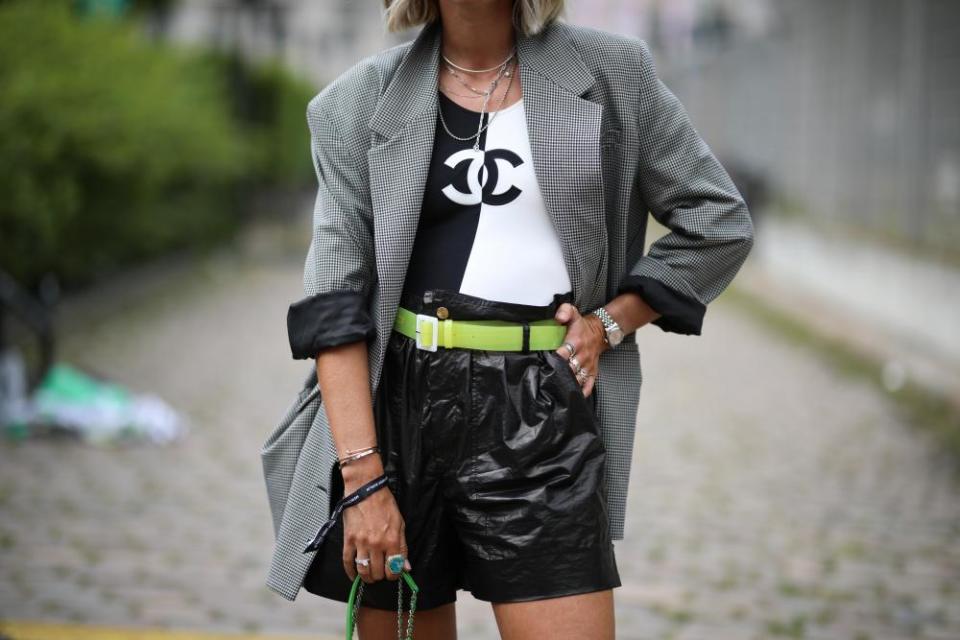
Of course, when it comes to unseasonal rain, the designer says the more important issue is the impact of climate change.
“The bigger question here is what is causing these extreme unprecedented weather patterns,” Willow says. “Acquiring brands that limit their impact on the earth or upcycling your existing wardrobe is … immediate action we can take as consumers to help fight climate change.”


